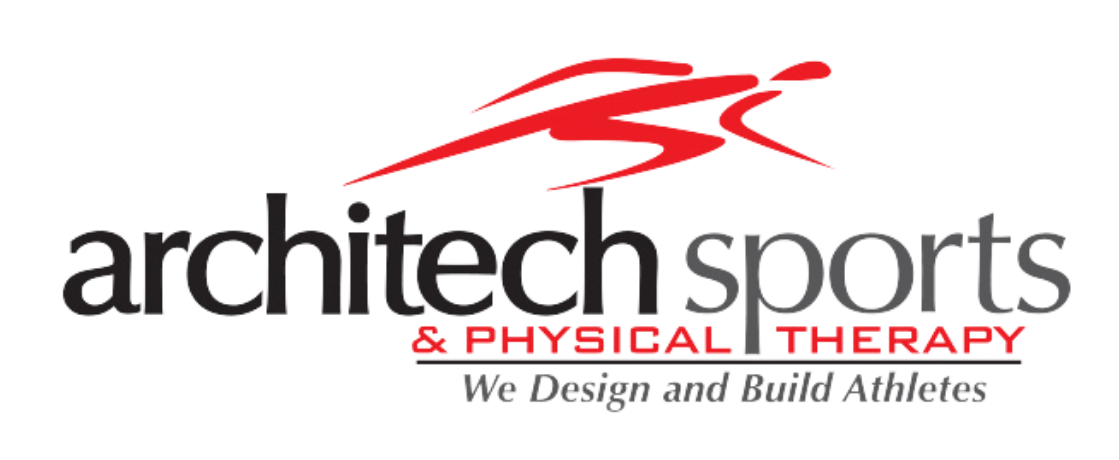Long-Term Athletic Development (LTAD) is a youth centered model that promotes life-long physical activity and development for kids of any age. This creates a foundation for long term participation in healthy activities and personal development as a whole. Below are a few points that breakdown a few of the different aspects of LTAD and how they can be interpreted.
· LTAD should begin as early as possible – This doesn’t mean strength training or sport specific skills, but general movement development and a wide variety of skills should be utilized early on to give young children a strong base to build off of.
· Multisport participation should begin early on – Since LTAD is a model of youth sports participation, this will help young athletes develop a variety of motor skills by creating new challenges young athletes need to adapt to. Early sport specialization is not always the best route to developing athletes efficiently.
· All fitness qualities can be trained from childhood on (6+) – Skills such as balance, coordination and change of direction to broader fitness qualities (Muscular Strength, Aerobic/Anaerobic capacities, and Flexibility) can all be developed at an early age with the correct programming and proper supervision.
· LTAD is a general guideline for development – There is no “one size fits all” program when it comes to youth development. With it being very individualized by nature, special care should come with each athlete’s growth. For example; “Early Maturers” typically face the biggest fear of burn out or overuse injuries while “Late Maturers” may not reach their true potential if they don’t receive enough continued opportunity to improve.
· LTAD builds positive qualities that can carry over to other aspects of life – Such as learning how to grow in a competitive environment, the significance of teamwork, how to succeed through diversity and the importance of adaptability.
A big consideration for LTAD is its non-linear approach in youth development. Keeping up with a variety of monitoring tools and using a wide range of assessments can help parents and practitioners develop the best possible model for an individuals growth.

